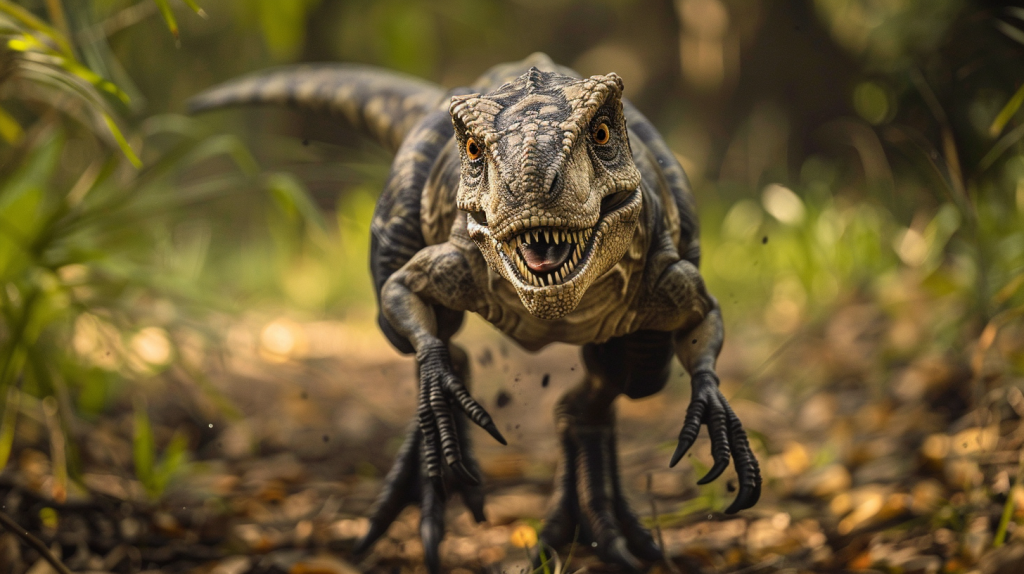Velociraptors have captured our imagination since they burst onto the big screen in Jurassic Park. But how much of what we think we know about these prehistoric predators is actually true? Let’s dive into the fascinating world of velociraptors and uncover some surprising facts that might change the way you think about these ancient hunters.
They Were Much Smaller Than in the Movies
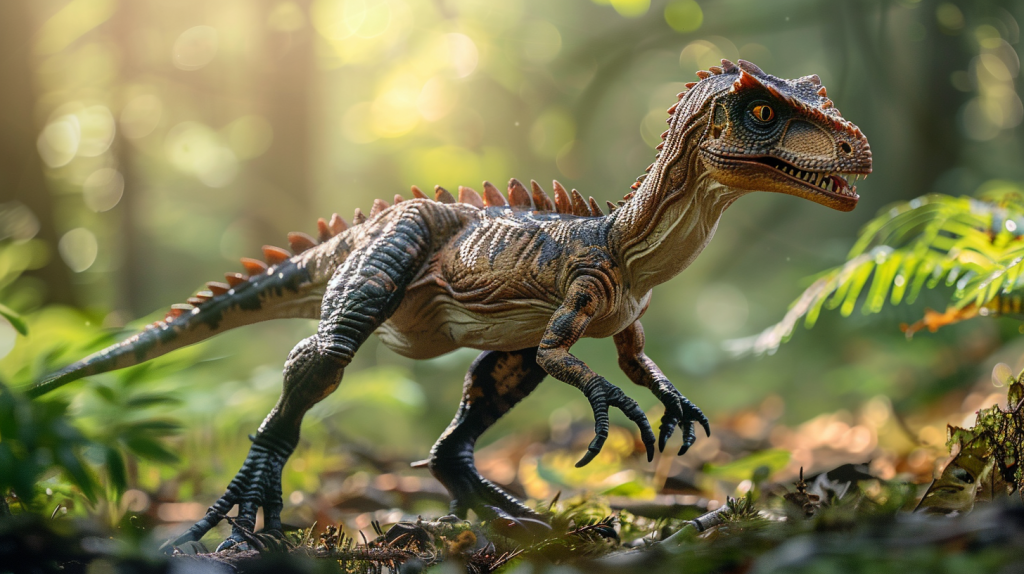
Contrary to their portrayal in Jurassic Park, real velociraptors were about the size of a turkey. They stood only about 1.6 feet (0.5 meters) tall at the hip and were about 6.8 feet (2.07 meters) long. This makes them much less intimidating than their movie counterparts, which were actually based on a different dinosaur called Deinonychus.
Velociraptors Had Feathers
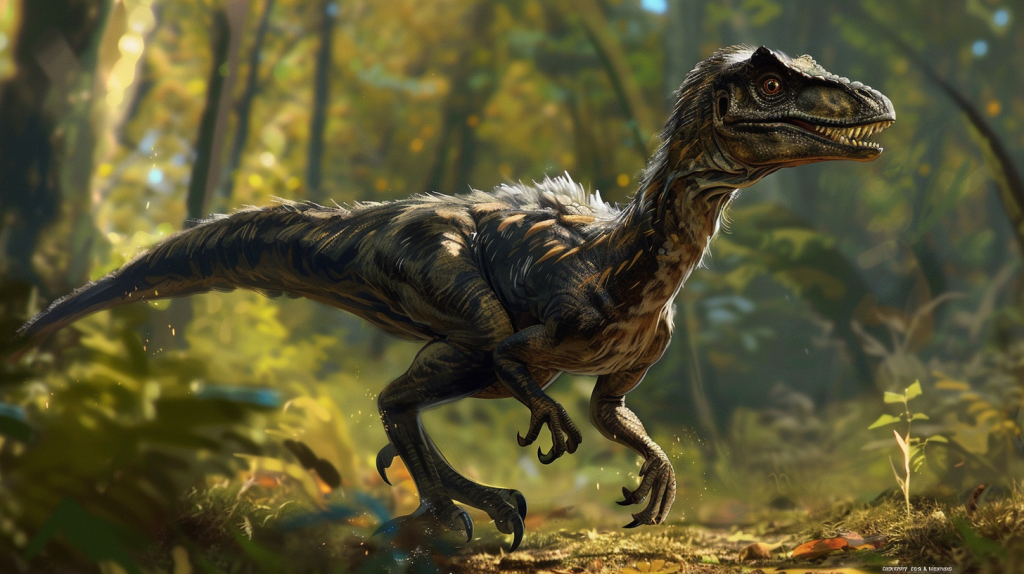
If you’re picturing a scaly, lizard-like creature, think again. Velociraptors were actually covered in feathers. Scientists have found quill knobs on velociraptor arm bones, which are attachment points for feathers in modern birds. These feathers probably helped keep the dinosaur warm and may have been used for display or mating rituals.
They Lived in Mongolia, Not Montana
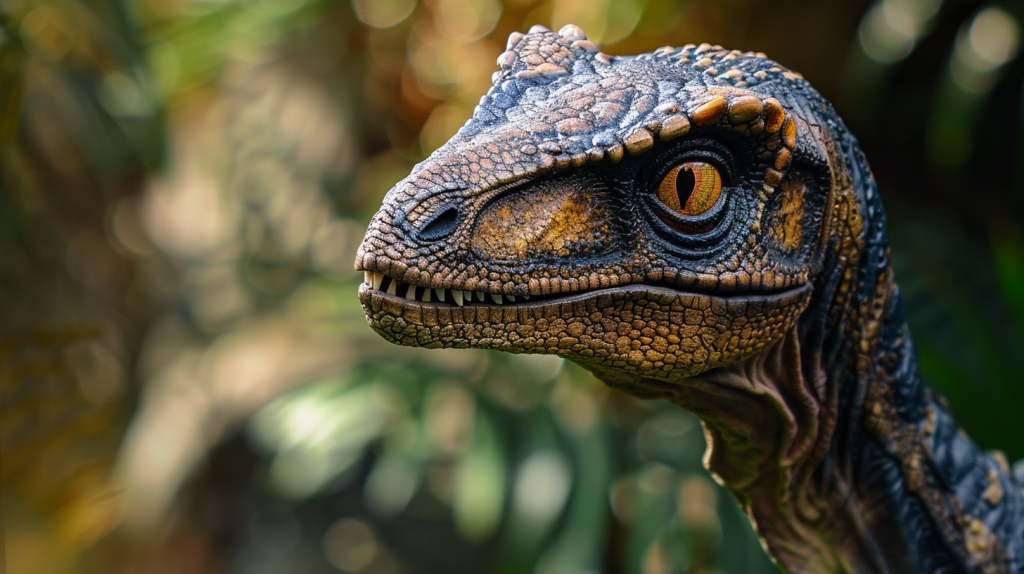
Jurassic Park placed velociraptors in Montana, but in reality, they lived in what is now Mongolia. The first velociraptor fossils were discovered in the Gobi Desert in 1924. This region was very different 75 million years ago, with a warm, dry climate and sandy dunes instead of today’s desert landscape.
Their Name Means “Swift Seizer”
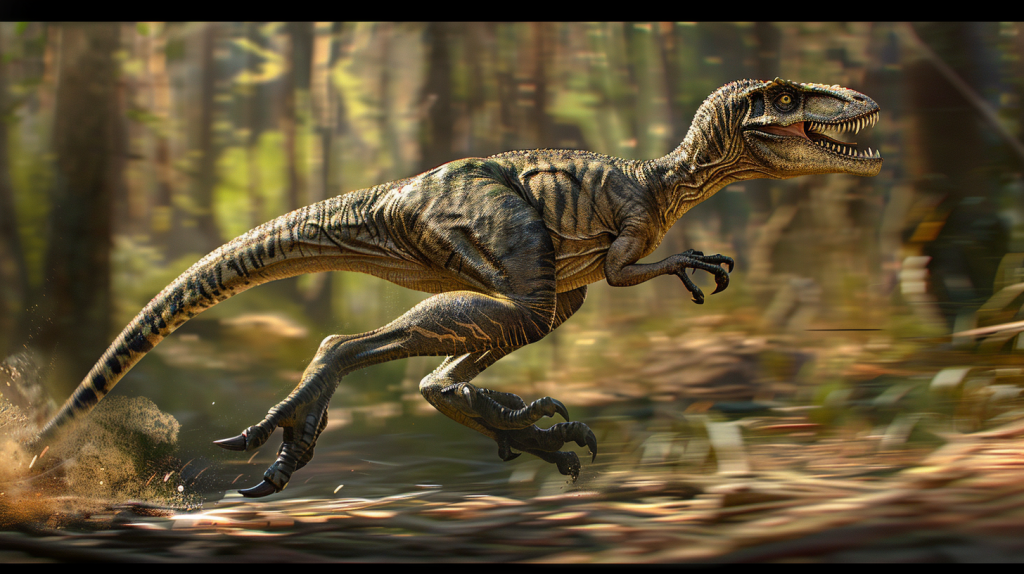
The name “velociraptor” comes from the Latin words “velox” (swift) and “raptor” (seizer or plunderer). This name was chosen because scientists believed they were fast, agile predators. While they were certainly quick, they weren’t as speedy as some other dinosaurs like the ostrich-mimic Ornithomimus.
They Had a Curved Killing Claw
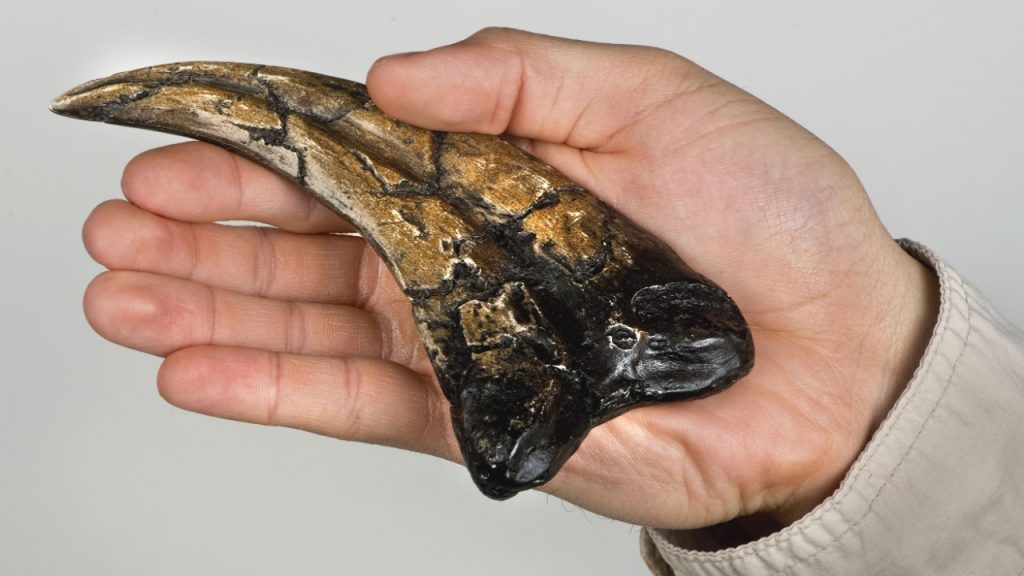
One thing Jurassic Park got right was the velociraptor’s deadly claw. Each foot had a large, curved claw on the second toe that could grow up to 2.6 inches (6.5 cm) long. This claw was likely used to slash at prey, although some scientists think it might have been used for climbing instead.
Velociraptors Were Probably Pack Hunters
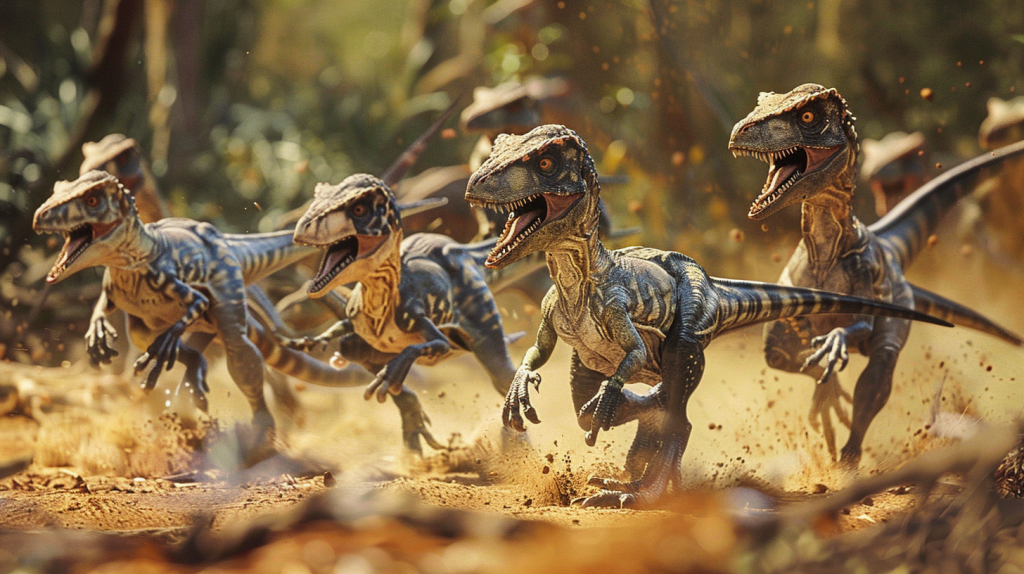
While we can’t know for sure, evidence suggests that velociraptors hunted in packs. Fossil discoveries show multiple velociraptors preserved together, and their brain structure indicates they were capable of complex social behaviors. Pack hunting would have allowed them to take down larger prey.
They Had Binocular Vision
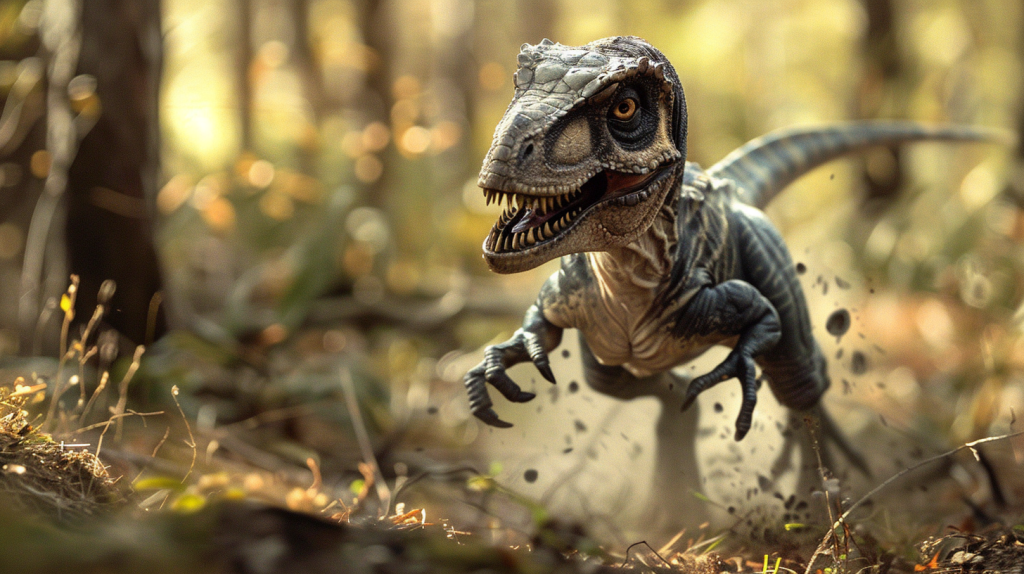
Like modern predators, velociraptors had forward-facing eyes that gave them binocular vision. This means they could judge distances accurately, which would have been crucial for hunting. Their large eye sockets suggest they had excellent eyesight, possibly even allowing them to hunt at night.
Velociraptors Were Related to Birds
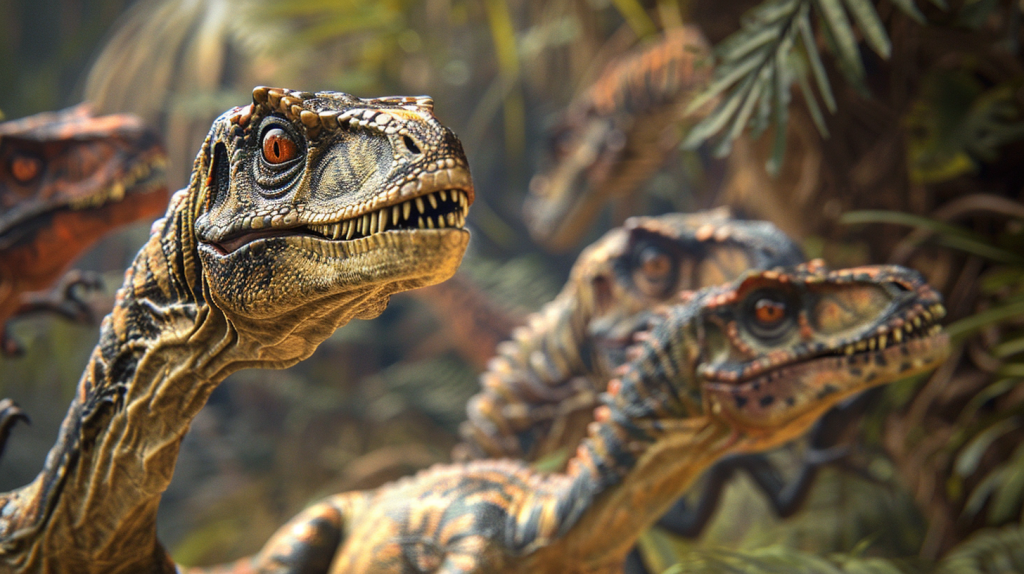
Believe it or not, velociraptors were more closely related to modern birds than to most other dinosaurs. They belonged to a group called theropods, which includes all meat-eating dinosaurs and is the ancestor group of birds. This is why velociraptors shared many bird-like features, including hollow bones and feathers.
They Lived During the Cretaceous Period, Not the Jurassic
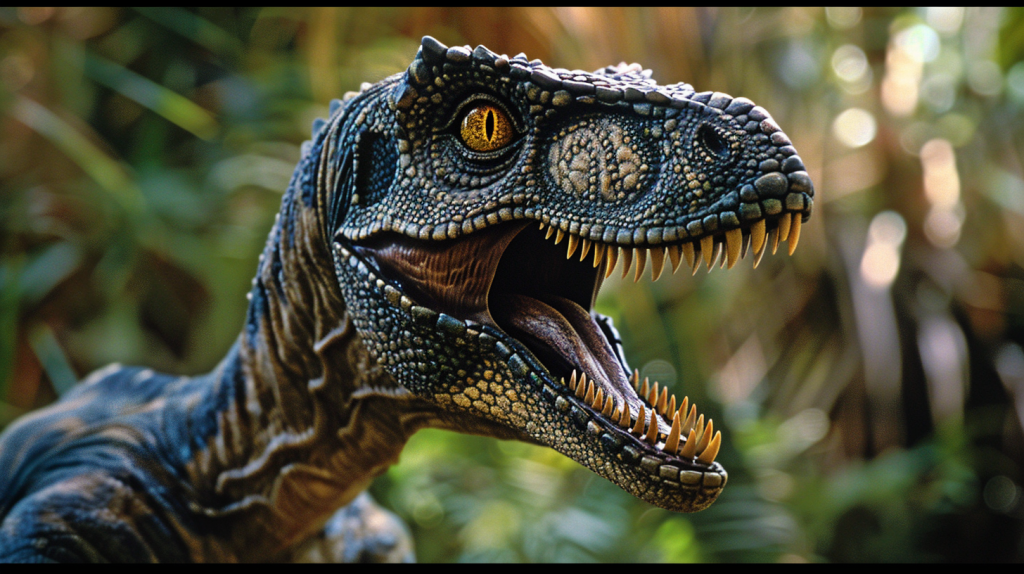
Despite being stars of Jurassic Park, velociraptors actually lived during the late Cretaceous period, about 75 to 71 million years ago. This was the last period of the dinosaur age, ending with the mass extinction event 66 million years ago that wiped out most dinosaurs.
Velociraptors Had a Wishbone
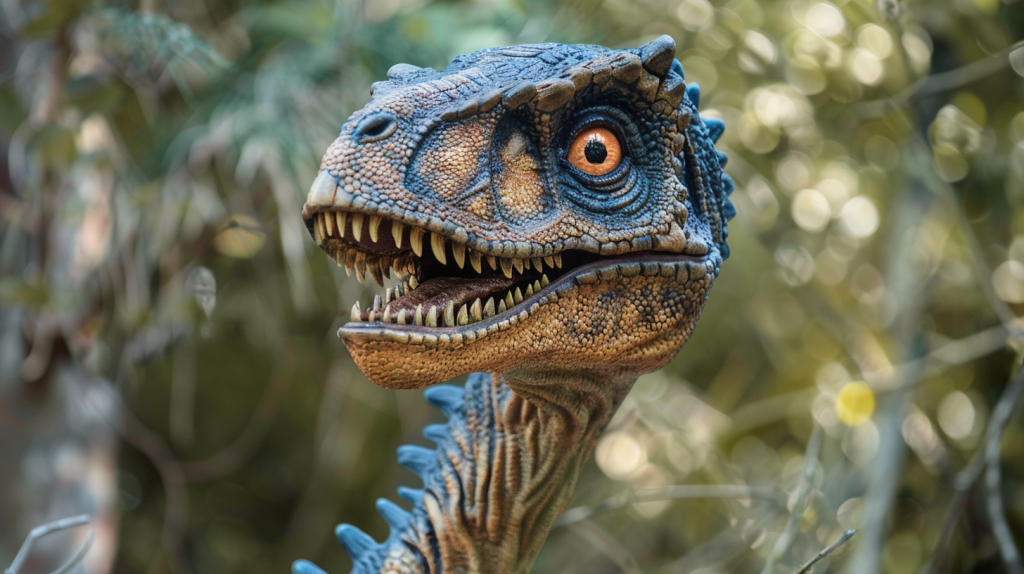
Like modern birds, velociraptors had a wishbone or furcula. This V-shaped bone, formed by the fusion of the collarbones, is another feature that links velociraptors to birds. In modern birds, the wishbone provides support for flight muscles, but in velociraptors, it may have helped with breathing.
They May Have Been Warm-Blooded
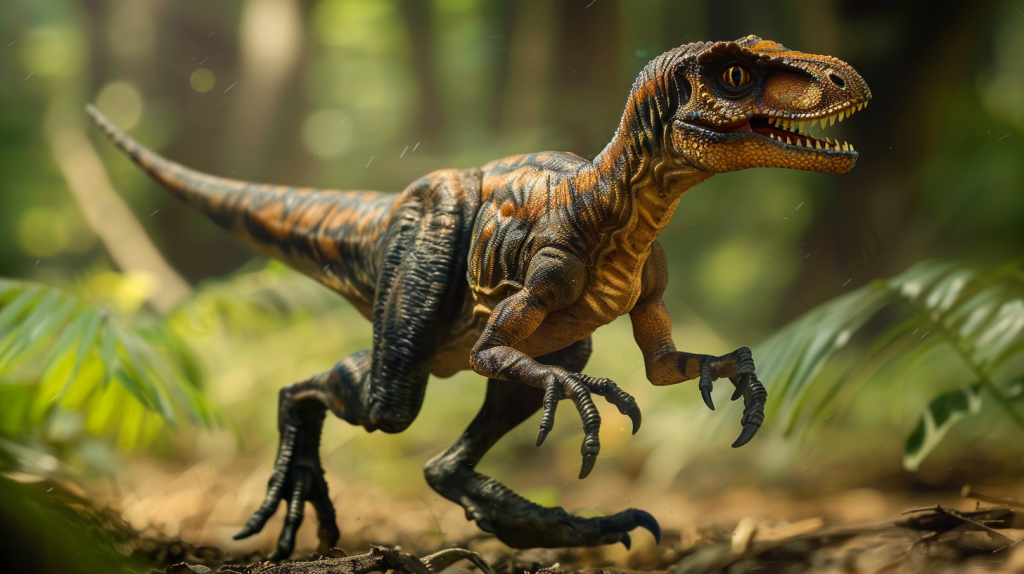
While it’s hard to know for sure, many scientists believe velociraptors were warm-blooded like modern birds and mammals. This would have given them the energy to be active predators. Their feathers would have helped maintain their body temperature, just like in birds today.
Velociraptors Had Hollow Bones
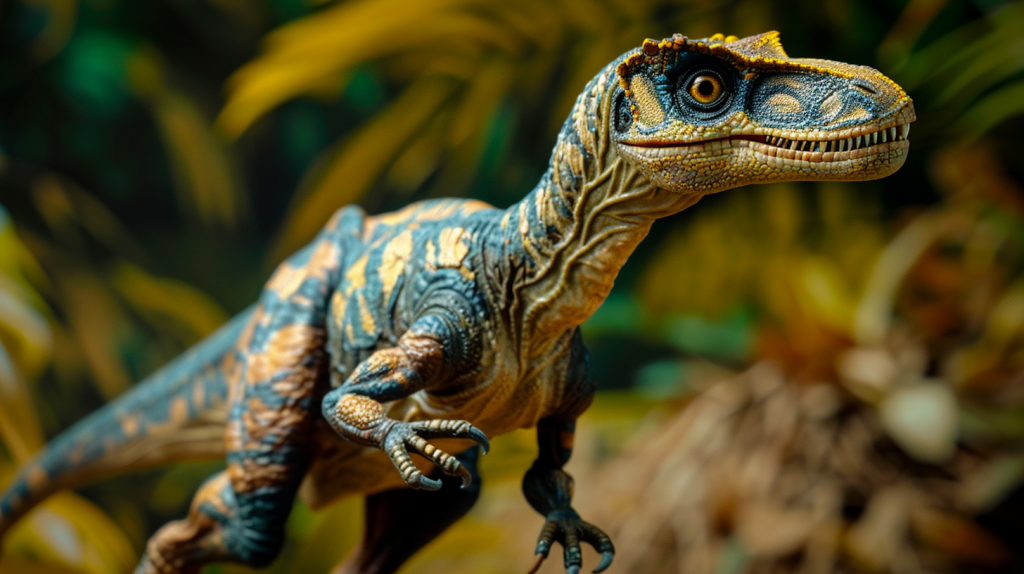
Another bird-like feature of velociraptors was their hollow bones. This made their skeletons lighter, which would have helped them move quickly. Hollow bones also allowed for a more efficient respiratory system, similar to that of modern birds.
They Had Sharp, Serrated Teeth
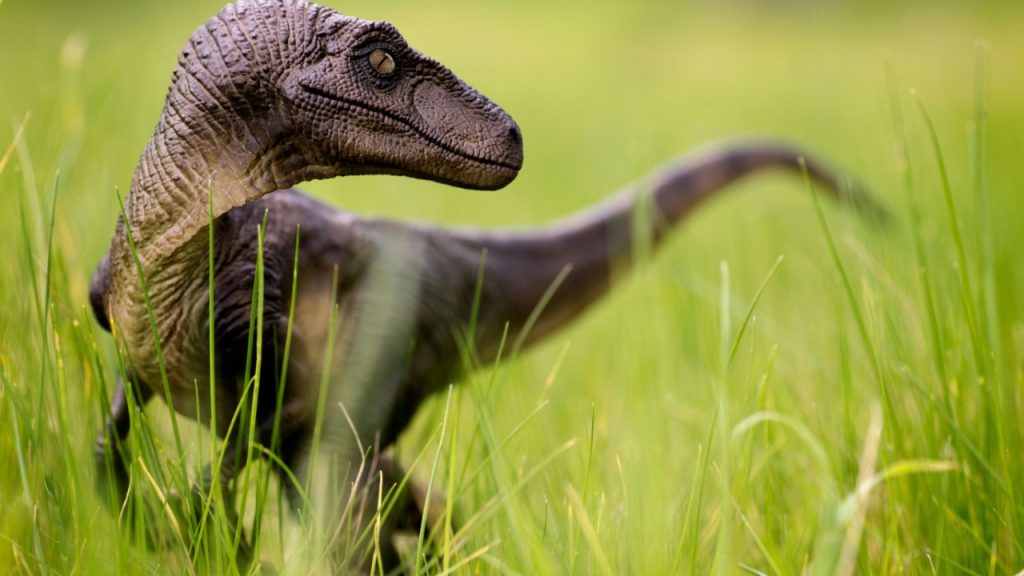
Velociraptors had about 26-28 widely spaced teeth in their upper jaws and 26 in their lower jaws. These teeth were curved and had serrated edges, perfect for slicing through meat. Unlike some dinosaurs, velociraptors couldn’t replace their teeth continuously, so broken teeth were a serious problem.
Velociraptors Probably Ate Small to Medium-Sized Prey
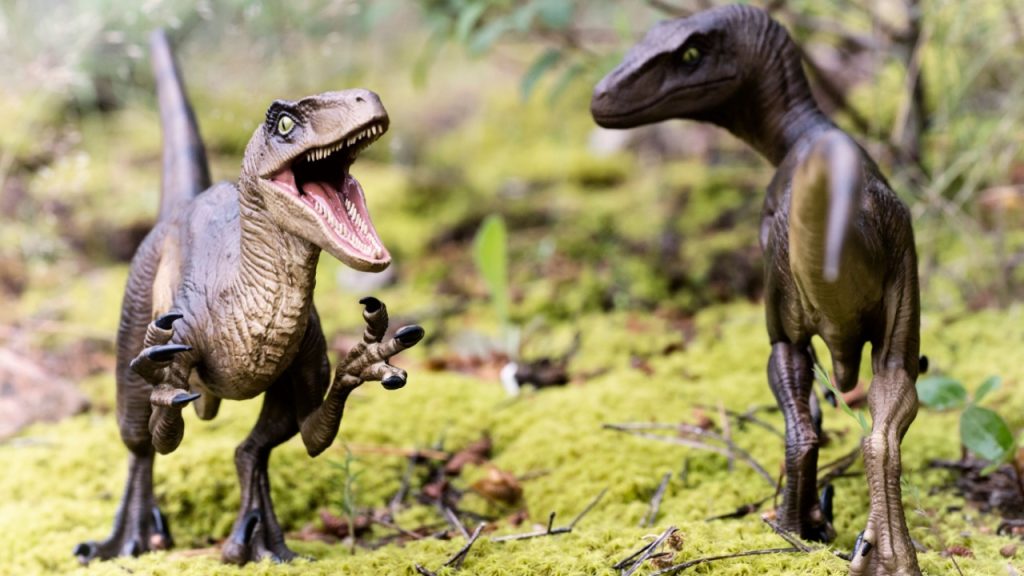
Given their size, velociraptors likely hunted small to medium-sized animals. Fossils suggest they ate small dinosaurs, mammals, and possibly even insects. One famous fossil shows a velociraptor locked in combat with a Protoceratops, a sheep-sized herbivore.
They Had Long, Stiff Tails
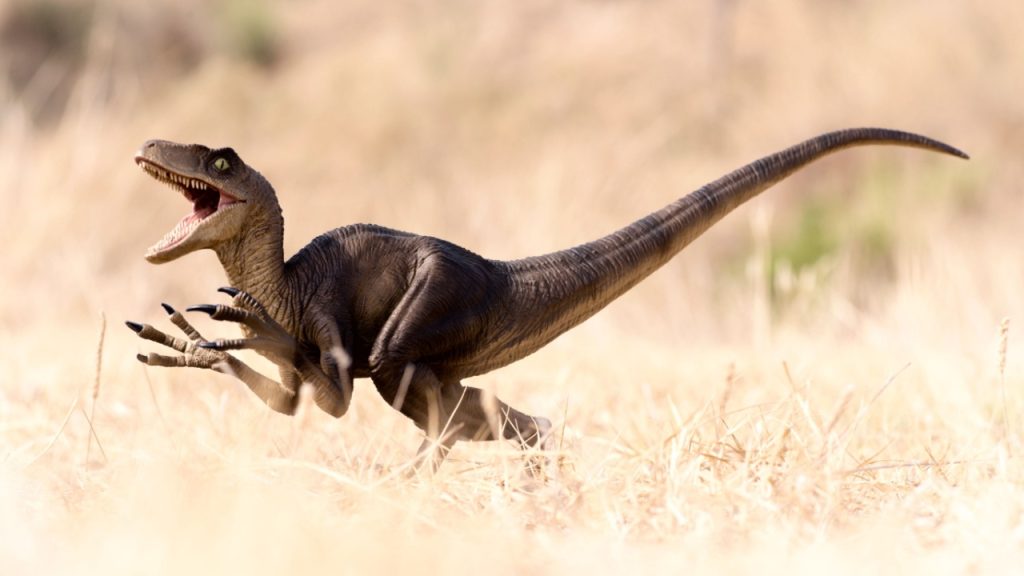
Velociraptors had long, stiff tails that helped them balance while running and making quick turns. The tail bones were fused and stiffened by bony projections, making the tail into a kind of stabilizing rod. This feature would have been crucial for their agility as predators.
Velociraptors Had Three-Fingered Hands
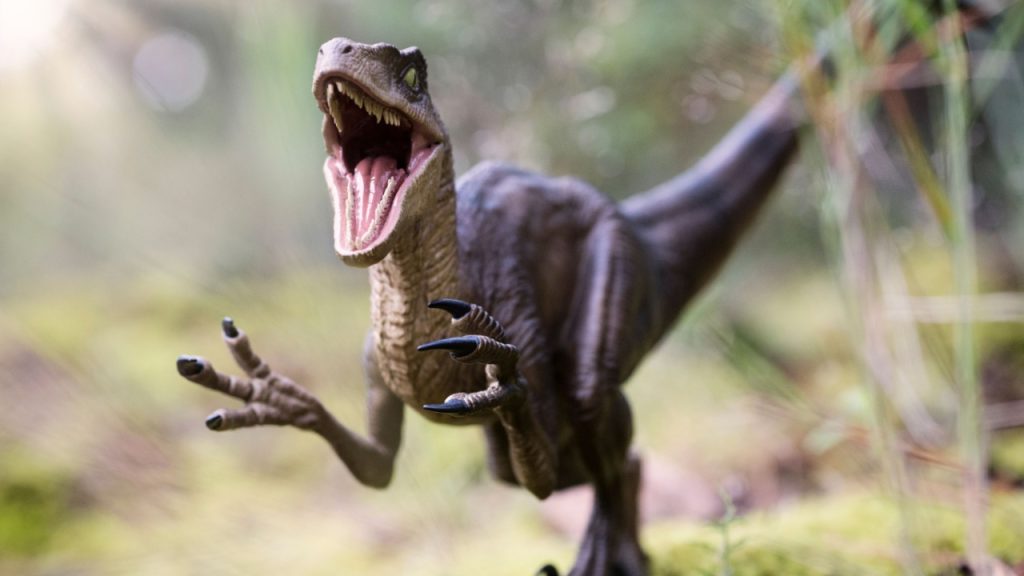
Unlike the two-fingered hands shown in Jurassic Park, real velociraptors had three fingers on each hand. These fingers were equipped with sharp claws and were likely used for grasping prey. The arms were also covered in feathers, possibly forming wing-like structures.
They May Have Been Intelligent
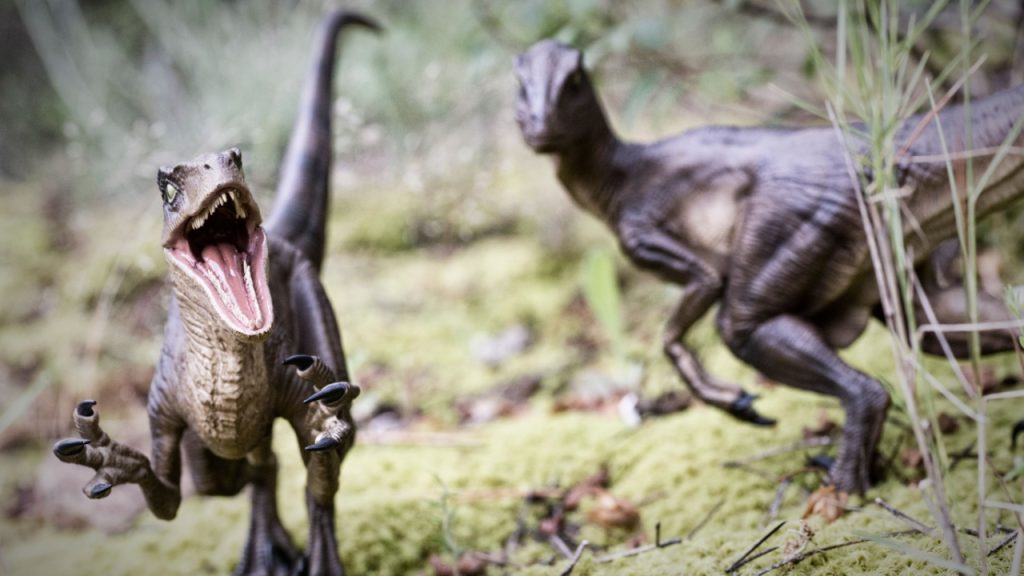
Brain casts of velociraptor skulls suggest they were relatively intelligent for dinosaurs. Their brain-to-body size ratio was similar to that of modern birds, which are known for their intelligence. This brainpower would have helped them hunt effectively and possibly engage in complex social behaviors.
Velociraptors Couldn’t Open Doors
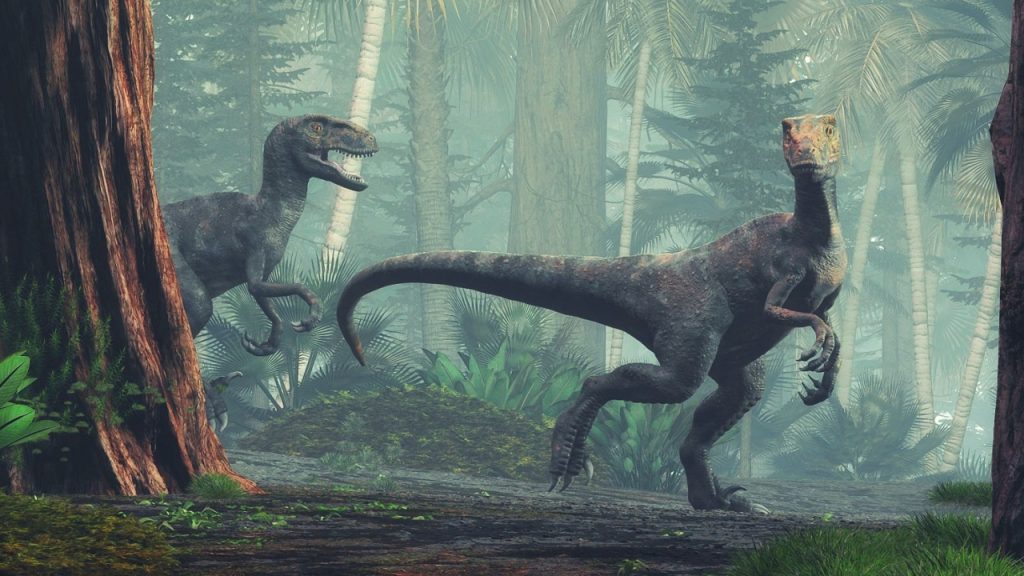
Despite their clever portrayal in Jurassic Park, velociraptors couldn’t open doors. Their hands weren’t designed for grasping doorknobs, and they lacked the cognitive ability to understand such complex mechanisms. While they were intelligent for dinosaurs, their problem-solving skills were likely more suited to hunting and survival in their natural environment.
They Probably Didn’t Roar
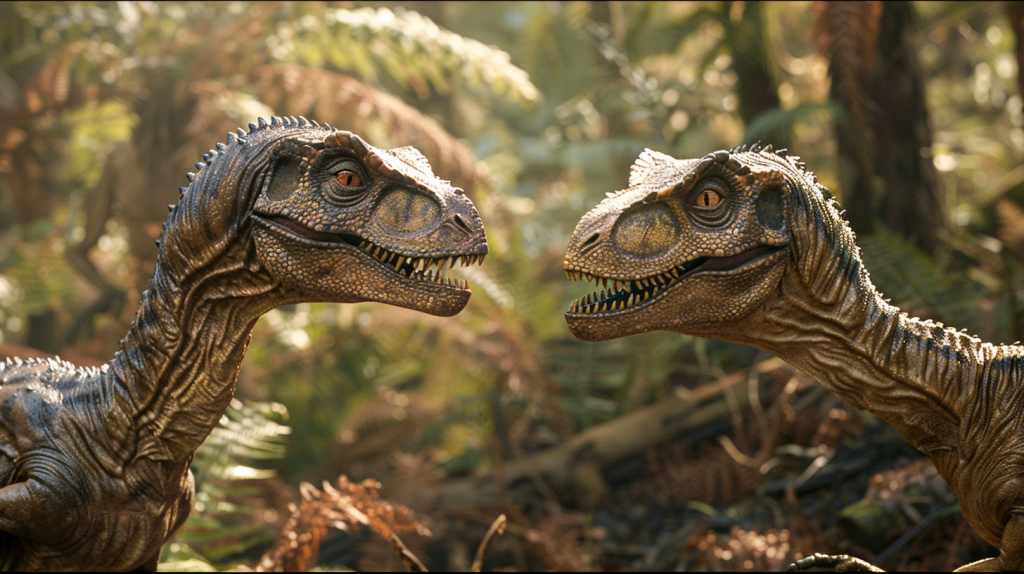
The terrifying roars of velociraptors in movies are pure Hollywood. In reality, these dinosaurs probably made sounds more similar to modern birds. They might have hissed, chirped, or even made low-pitched booming noises. Their vocalization system was likely more bird-like than reptilian.
Velociraptors Had Excellent Hearing
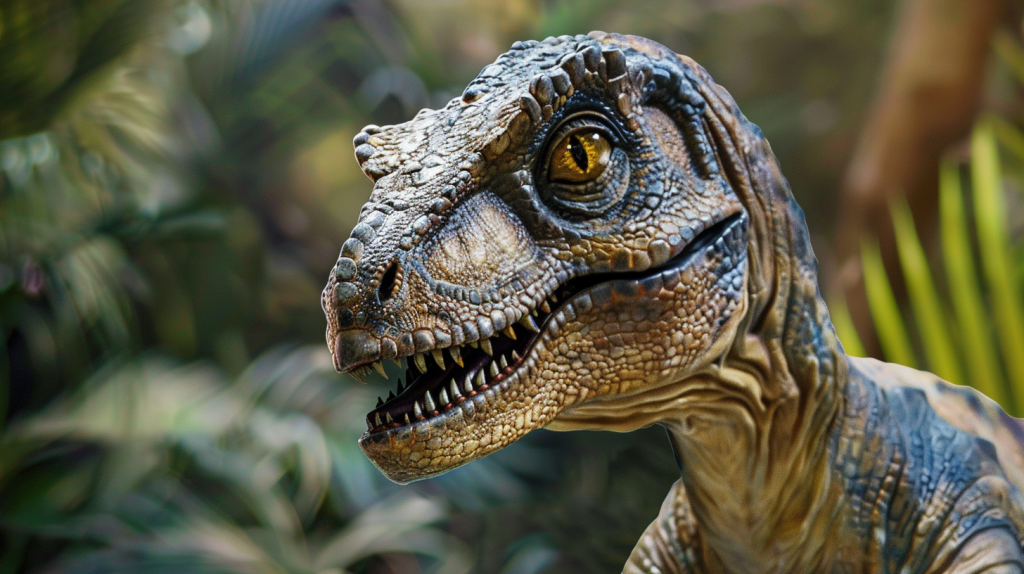
Fossil evidence suggests that velociraptors had good hearing. The part of their brain responsible for processing sound was well-developed. This keen sense would have been useful for hunting and communicating with other members of their pack.
They May Have Been Cannibals
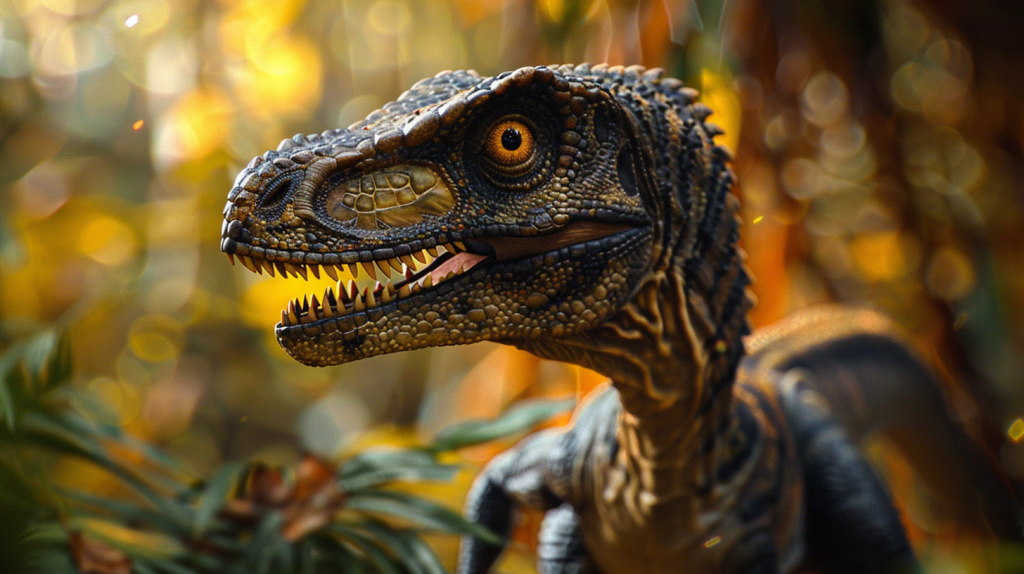
Some velociraptor fossils show bite marks from other velociraptors. This suggests that they may have occasionally engaged in cannibalism. Whether this was due to fighting, scavenging, or hunting each other in times of scarcity isn’t clear, but it adds another layer to our understanding of their behavior.
Velociraptors Weren’t the Smartest Dinosaurs

While velociraptors were relatively intelligent, they weren’t the brainiest dinosaurs. That title likely goes to Troodon, another small predatory dinosaur. Troodon had an even larger brain relative to its body size and may have been as smart as modern birds of prey.
They Had a Unique Wrist Joint
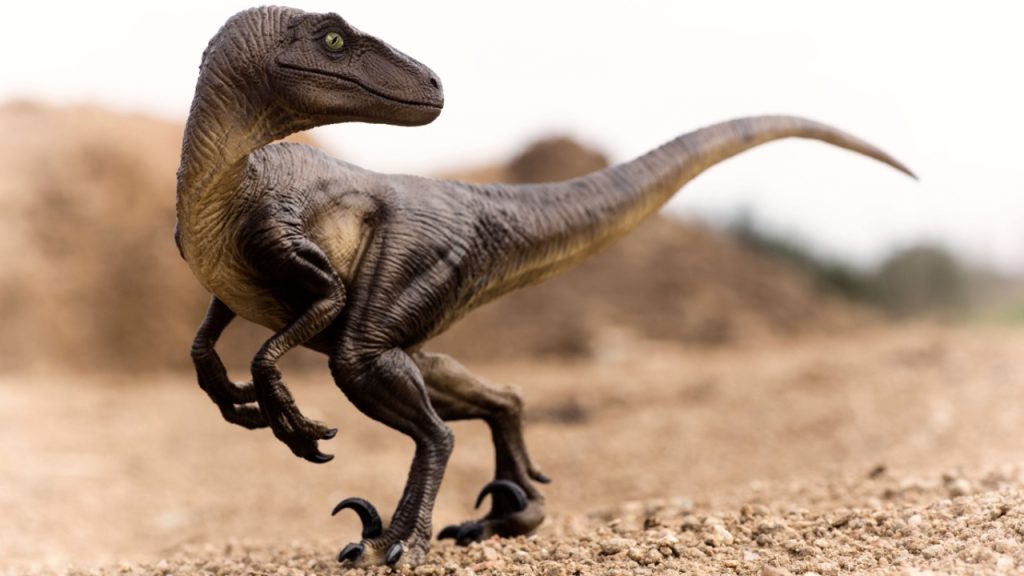
Velociraptors had a special wrist joint that allowed them to fold their arms against their body, similar to modern birds. This “bird-like” wrist would have been useful for hunting and possibly played a role in the evolution of flight in their bird descendants.
They May Have Had Colorful Feathers
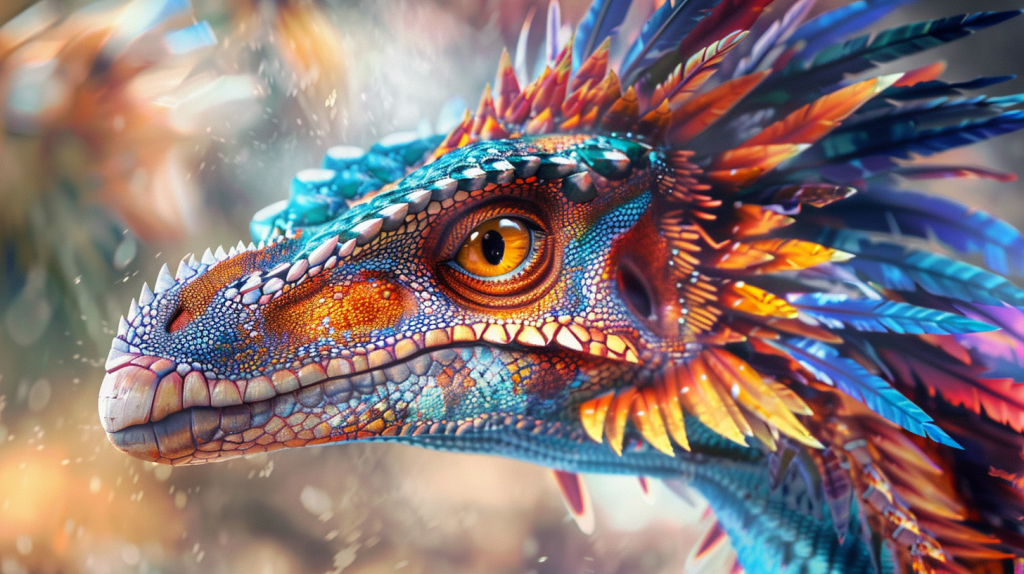
Since velociraptors had feathers, it’s possible they were quite colorful. Many modern birds use bright feather colors for display and mating rituals. While we can’t know for sure, it’s fun to imagine velociraptors with vibrant plumage rather than the drab colors often depicted in movies.
Katy Willis is a writer, master herbalist, master gardener, and certified canine nutritionist who has been writing since 2002. She’s finds joy in learning new and interesting things, and finds history, science, and nature endlessly fascinating.
